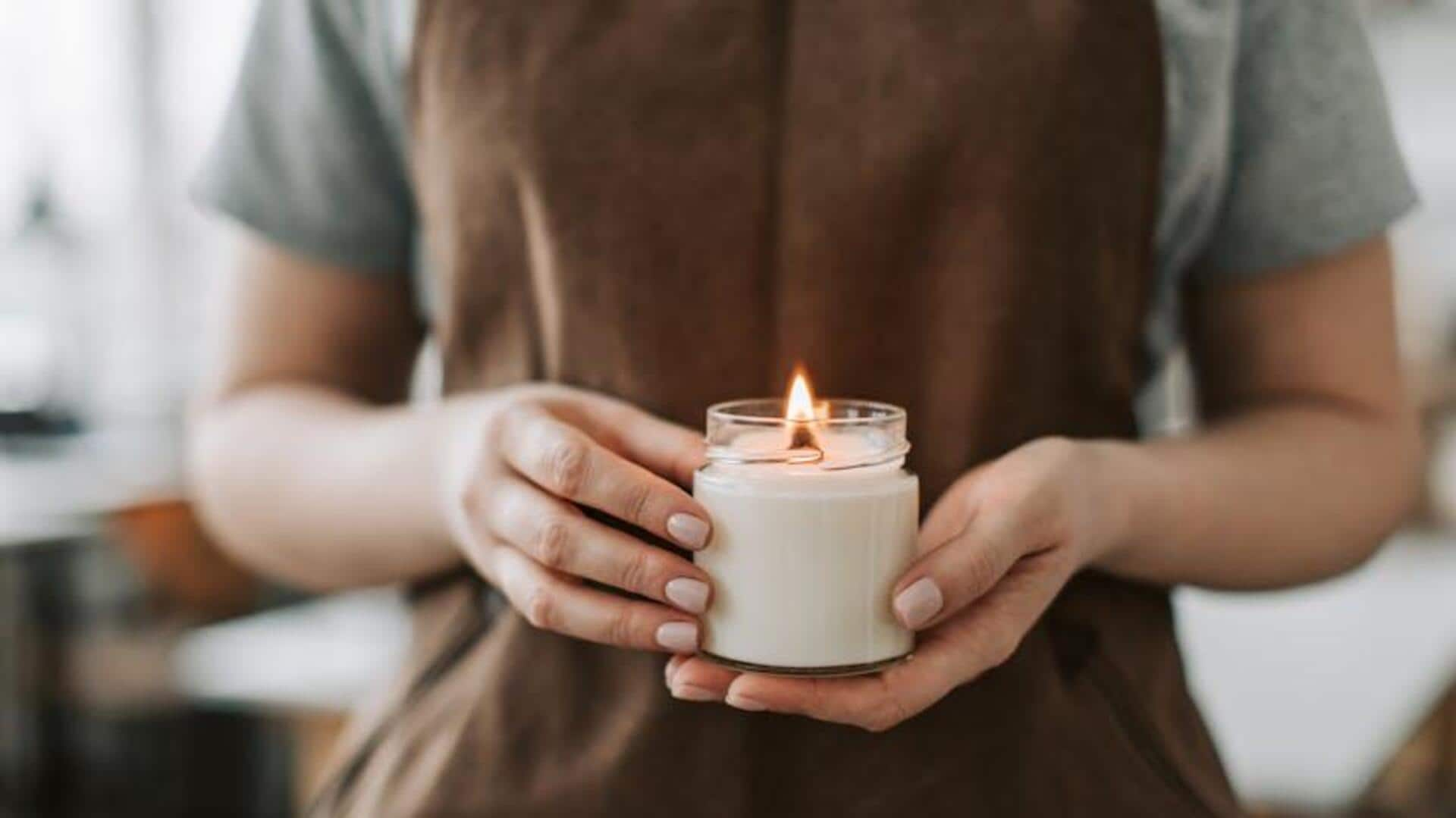
The warm glow of African candle-making traditions
What's the story
Africa's candle-making scene is a vibrant mix of tradition and contemporary style. This article delves into the world of African candle-making, focusing on its cultural importance, the materials used, and how modern artisans across the continent are adding their unique touch. From pure beeswax to colorful patterns, African candles are more than just sources of light; they're pieces of art with a story to tell.
Basics
Traditional techniques and materials
African candle-making traditions favor the use of natural materials, most notably beeswax and palm oil. Beeswax is cherished for its slow-burning quality and gentle aroma of honey. In certain areas, craftsmen combine beeswax with palm oil to produce candles that burn even longer and produce less smoke. This combination embodies a sustainable approach to candle-making, harnessing locally available resources that are not only eco-friendly but also contribute to local economies.
Patterns
Cultural significance in design
African candles aren't just about pretty patterns. Those designs are inspired by traditional textiles like Ghana's Kente or Nigeria's Batik, and they hold deep cultural meaning. These patterns tell stories of history, heritage, and community values. Artisans aren't just making candles - they're keeping their culture alive and sharing their heritage with the world.
Innovation
Contemporary twists on tradition
Traditional African candle-making is getting a modern makeover. Artisans are breaking free from the confines of the cylinder, experimenting with geometric and abstract shapes. They're also incorporating trendy design elements, like metallic accents and minimalist aesthetics. These fresh takes on a classic craft are attracting a global audience, keen on unique decor with a story behind it.
Green practices
Environmental sustainability in candle-making
Sustainability is the new flame in African candle-making! Artisans are ditching petroleum-based paraffin wax for eco-friendly alternatives like soy wax, a renewable resource. They're also embracing zero-waste practices, melting down leftover wax to create new candles or products. This not only minimizes waste but also reduces their environmental footprint. This move toward greener practices highlights a growing commitment to eco-conscious craftsmanship across the continent.
Selection
Tips for choosing authentic African candles
When choosing a genuine African candle, seek out signs of handcraftsmanship. Imperfections in shape or texture are good indicators, as they show the candles were made by hand and not mass-produced in a factory. And, try to buy directly from the artisans or from platforms that promote fair trade practices. This way, you can be sure that your purchase contributes to the financial well-being of the local communities.